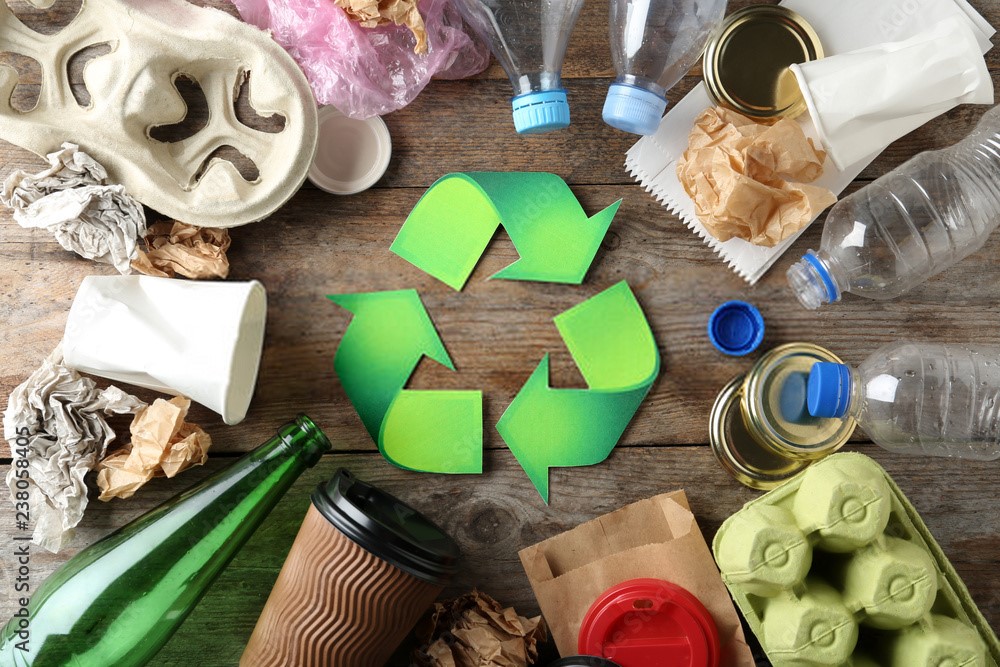
Recycling Ratios by Countries
In order to save the land, for future generations we have to recycle resources. Recycling is vital because it decreases pollution, eliminates the need for new raw materials, saves energy, reduces greenhouse gas emissions, saves money, minimises the amount of garbage that ends up in landfills, and allows items to be used to their full potential. Here in this article we would get to know the Top 10 Countries who have high recycling rates.
Germany
Germany ranks first with a projected recycling rate of around 67 percent in 2019
More than 1.5 million tonnes of existing recycling capacity are available in Germany, out of an overall capacity of 8.5 million tonnes.It produces around 1.3 billion tonnes of rubbish each year on a global scale. In Europe, Germany recycles most of the plastic. Official statistics show that 48.8% of the plastic garbage is recycled in Germany.
Austria
With a recycling rate of 53.8 percent in 2018, Austria is ranked second on the Eunomia list.
There are 999 landfills. It is illegal to dump untreated household garbage in landfills. Green garbage and kitchen waste are composted or anaerobically digested in 23.4 percent of cases.
South Korea
South Korea has been ranked second among highest recyclers of municipal solid trash among OECD countries, with recycling and composting rates of around 60%.
South Korea generated around 497 thousand tonnes of garbage per day on average in 2019. In 2019, South Korea’s synthetic resin waste recycling rate was around 32.5 percent. Only a third of recyclable plastic garbage from Korean homes and offices is recycled into new plastic products.
According to the Ministry of the Environment, 1.45 million tonnes (or 44.9 percent) of the 3.23 million tonnes of plastic discarded in 2018 were recycled.
WALES
Wales is the smallest country in the world ranked third, with a recycling rate of 52.2 percent in 2018.
Wales has positioned itself as one of the leading recyclers in the world. In just 20 years the country’s recycling rate has risen from 5% to 64% of total household waste. The nation’s recycling rate was at 63 percent in 2018, but it increased to 65.1 percent in 2019-20.
Switzerland
With a recycling percentage of 49.7% in 2018, Switzerland completes the top five.
Compared to 20 years ago, the amount of non-recyclable waste generated per person has fallen by around 90 kilos per year. Currently, roughly 93 percent of glass bottles and 91 percent of aluminium cans are recycled as a consequence of initiatives like these.
SWEDEN
The recycling rate in Sweden is high, at 49.8%, but it has been stable since 2006.
In 2017, each Swede created 473 kg of home garbage, up from 467 kg per person in 2016. Material recycling accounted for 33.8 percent of the total, or 1,617,640 tonnes. Since 1984 for aluminium cans and 1994 for plastic bottles, Sweden has had a can and bottle deposit system that pays people money when they recycle. Swedes use the so-called pant system to recycle 1.8 billion bottles and cans each year.
THE NETHERLANDS
The Netherlands’ municipal waste recycling rate improved from 49.1% in 2009 to 56.9% in 2018.
The Netherlands gathers almost 8.5 billion kg of residential garbage every year. This equates to 494 kg of waste per person. Recycling bins for old paper and cardboard can be found all across the Netherlands.
Japan
The recycling rate of total waste created in Japan in fiscal year 2019 was 19.6 percent, down from 19.9 percent the previous one.
In the year 2019, Japan created approximately 42.7 million metric tonnes of garbage. The highest volume of generated waste was residential waste, which accounted for around 29.7 million metric tonnes. According to the Waste Atlas nation profile for Japan, the recycling rate was 20.8 percent in 2012.
United States
In the year 2018, a total of 94 million tonnes of MSW were recycled, resulting in a recycling rate of 32.1 percent.
Municipal Solid Waste (MSW) was generated in the United States in 2018 at a rate of 292.4 million tonnes . In 2018, paper and paperboard were the most recycled waste materials in the United States, accounting for nearly 66 percent of the 69 million metric tonnes of recycled MSW. Plastics, on the other hand, accounted for less than 5% of total waste, with an 8.7% recycling rate.
Singapore
Singapore’s recycling rate is declining, with an overall recycling rate dropping from 61% in 2018 to 59% in 2019.
In 2019, around 1.55 million tonnes of trash were disposed of domestically in Singapore. In that year, Singapore disposed of around 2.98 million tonnes of garbage, compared to approximately 4.25 million tonnes recycled.
If you like this nlog, you may also like: What Are The CO2 Emission Levels By Country?

